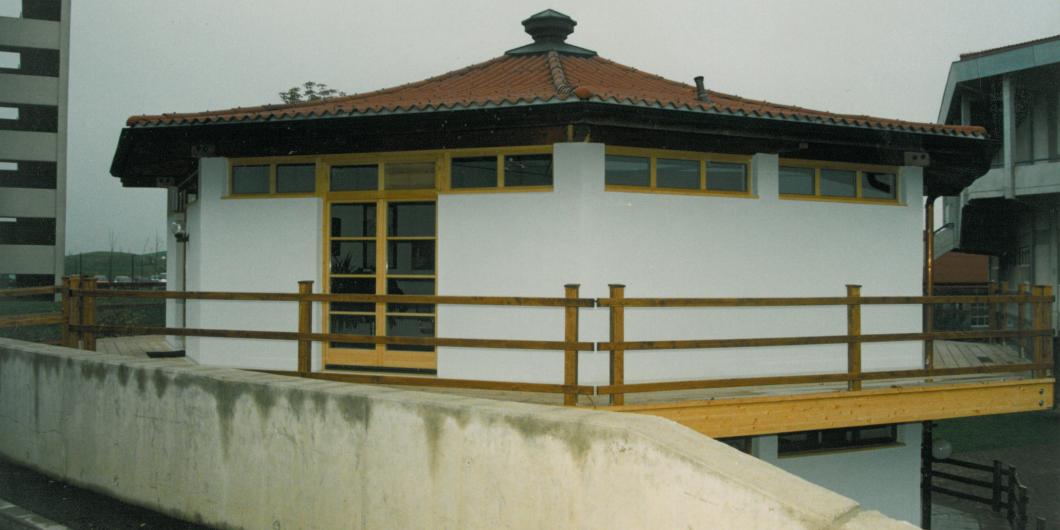On 1 September 1992, the first full-time office of the European Handball Federation opened its doors in the Austria Trend Hotel Bosei in Gutheil Schoder Gasse in the tenth district of Vienna, Austria.
The cities of Berlin, Zurich, Lisbon, Bratislava and Vienna were all in the race to be the headquarters of the newly formed EHF, which was founded on 17 November 1991. All locations offered something different and it was already decided that when the location was chosen, a manager would be placed in situ from the very first day.
The EHF Executive Committee under the presidency of Staffan Holmqvist and featuring a future EHF President Tor Lian as a member, decided in March 1992 to propose Vienna to the June 1992 Congress because of favourable conditions and positive signals from other institutions of the benefits that Vienna brought to the business and its employees.
Both the Austrian Government and the local Viennese Government were willing to provide financial contributions for three years through their sporting streams. And this, alongside an application for the vacant post of EHF Secretary General from Michael Wiederer, the then General Secretary of the Austrian Handball Federation, ensured that the EHF Executive Committee were confident that the new organisation would have a person managing it who knew the business and could be a driving force.
Additionally, Austria with its location in the middle of Europe offered many nations good connections especially those from the Balkan region, Czech Republic, Slovakia, Slovenia, Hungary and Germany. These journeys could be completed by car allowing representatives from both clubs and federations the opportunity to attend draws, events and lectures and to be an active part of the European Handball Family.
Rapid development and another new home
So where to start in Vienna? A site was chosen due to proximity to a hotel, roads and city centre and airport links – the Austria Trend Hotel Bosei at Gutheil Schoder Gasse in the 10th district in southern Vienna complete with golf course and sports hall.
The EHF headquarters opened up on 1 September 1992 in a rented office next to the hotel with just two people in an office each. A rather big space initially, within a short period it became apparent that this was not big enough so a third and then fourth room were rented but it was clear the EHF had outgrown their surroundings.
A year and a half later the EHF moved within the area to a traditional Japanese Tea House owned by the hotel (Bosei is a term for ‘Motherhood’ in Japanese), a traditional symbol to have in the grounds of Japanese buildings.
With two floors, the traditional teahouse had many entrances and many doors where the EHF worked with five, six and eventually seven people. Having so many access points caused much fun and games for the staff due to people having so many possibilities of entering the house so many would arrive through the wrong entrance including on one occasion a delivery driver hoping to deposit 5-6 tonnes of red sand for the nearby tennis courts.
The EHF office was like a telephone exchange and it was only a few years later, in 1996, that the EHF decided that it had outgrown its environs and it was time to move again.


